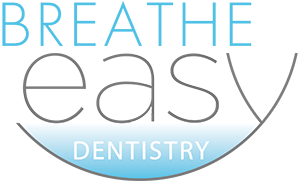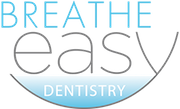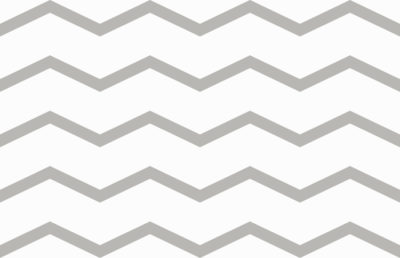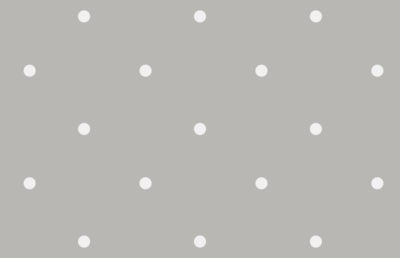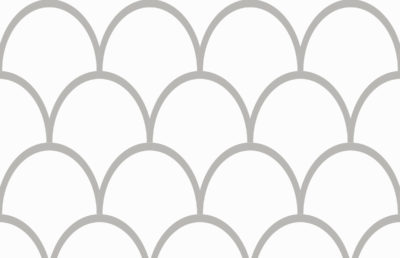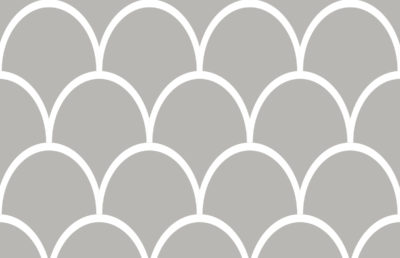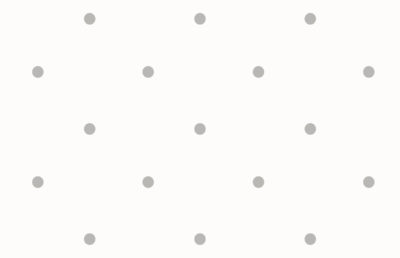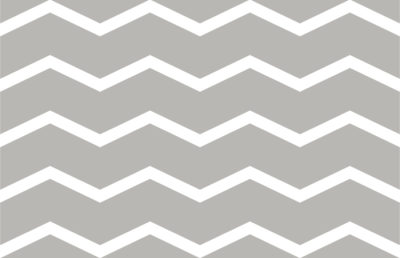Project Description
“Seventy Million Americans Suffer from Sleep Disorders”
–Carl E. Hunt, Director of National Center on Sleep Disorders Research
What Is Sleep Apnea?
According to a recent report from the Neilson Company, Americans spent, on average, 8 hours and 18 minutes per day watching television in 2008
On the other hand, the National Sleep Foundation’s 2008 Sleep of America poll found that the average time spent in bed is 6 hours and 55 minutes with 6 hours and 40 minutes actually sleeping.
Prevalence of Sleep Disorders
One third of the U.S. population suffers from sleep disorders
40 million are chronic sufferers
Less than 10% have been diagnosed or treated to date
Types of Sleep Disorders
Primary snoring
Upper airway resistance syndrome (UARS)
Obstructive Sleep Apnea
Insomnia (with or without Sleep Apnea)
Sleep bruxism
Parasomnias
Periodic limb movement
Narcolepsy
Impact of Sleep Disorders
One third of the U.S. population suffers from sleep disorders
40 million are chronic sufferers
Increased cardiovascular disease
Why Do Humans Develop a Pathologic Airway?
• Deviation of nasal septum. • Massive tori • Abnormal nasal turbinates • Large tongue
• Large tonsils • Narrow pharyngeal tube • Elongated palates • Narrow faces
• Narrow dental arches • Collapsed dentition • Obesity • Large adenoids
Diagnosis of Sleep Disordered Breathing
Sleep disordered breathing can be diagnosed in two different ways.
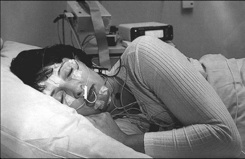
At a sleep clinic for Polysomnography (PSG)/Sleep Study
A polysomnogram (PSG) is a recording made during sleep that uses EEG and other physiology-related measures to evaluate sleep disorders, including excessive sleepiness during the day, difficulty falling asleep at night, and the absence of breathing during sleep (“apnea”).
Before the test, electrodes are strategically placed on the patient’s head, face, jaw, and legs. The patient is also fitted with a small device that monitors airflow through the nose as well as a belt that gauges the rise and fall of the chest during breathing. As the patient sleeps, a technologist records various information that is later interpreted by a physician trained in sleep disorders.
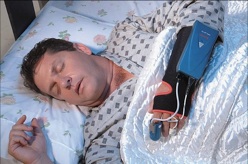
Take home using the Watchpat 100
• Diagnosis, treatment assessment and follow-up of sleep-related breathing disorders
• Minimal sleep interference
• Ambulatory, comfortable and convenient for unattended home use
• Advanced automatic analysis and digital signal processing algorithms
• Automatic scoring presented in a comprehensive report
• Single button operation
• Records and stores data on removable media

